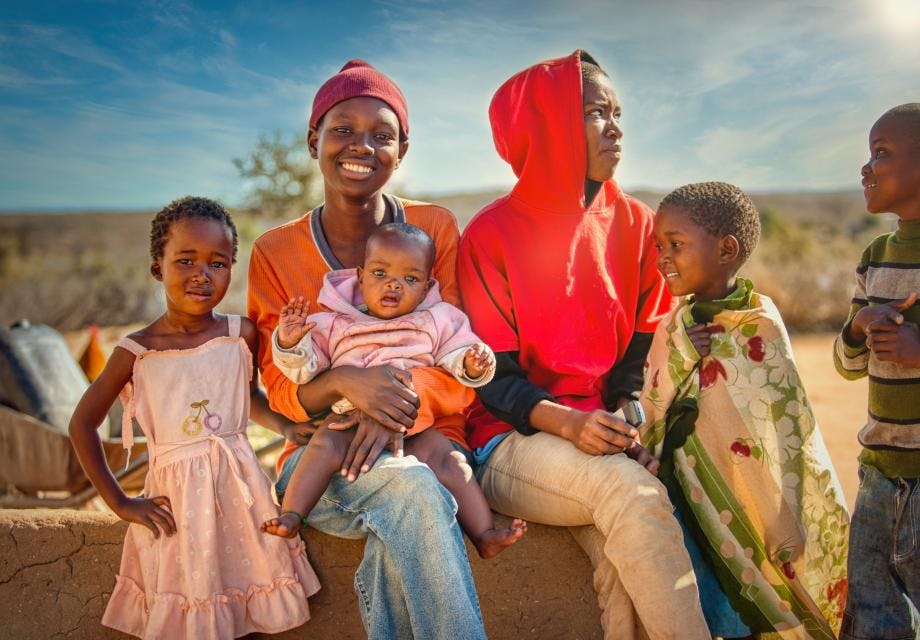Botswana shows remarkable progress in HIV response
Oliver Meth
31 August 2022
Results of national HIV survey demonstrate Botswana’s progress towards achieving HIV epidemic control.
What are the results about?
The Botswana HIV/AIDS Impact Survey (BAIS) fifth report is the government of Botswana’s effort to gather key information needed to guide the national response to the HIV epidemic. The government has released the 2021 preliminary results.
What are some of the findings?
The report results demonstrate that for the first time at a national level among adults aged 15-64, Botswana has exceeded the UNAIDS 95-95-95 targets which call for 95% of all people living with HIV to be aware of their status, 95% of those aware of their status to be on antiretroviral treatment (ART), and 95% of those on ART to achieve viral load suppression by 2025. The country is reporting 95-98-98.
Knowledge of HIV status
BAIS shows that among adults (15-64 years) in Botswana living with HIV, 95% were aware of their status.
However, BAIS also indicates a gap in achieving the first 95 target among younger adults (aged 15–24) living with HIV. Only 84% of this age group knew their status.
Treatment and viral suppression
The report shows that 98% of people aware of their status are on treatment. And among those on treatment, 98% achieved viral suppression.
People living with HIV in Botswana are adhering to treatment and living longer, due to the country’s successful HIV treatment programme. Crucially, 98% of young people aged 15-24 are on treatment, the same as the 15-64 age group.
HIV prevalence by gender
Additionally, BAIS showed that HIV prevalence among adults aged 15–64 is 21%. However, there is a large gender disparity in this figure – HIV prevalence is 15% among men and 26% among women. The results also demonstrate that prevalence in younger age groups has decreased, while that in older age groups has increased.
Why are these results important?
It’s important for people working in the HIV response to learn from countries that are achieving global targets on time. This report shows tremendous progress towards achieving HIV epidemic control in Botswana and demonstrates the outstanding impact of the national HIV response.
In the coming decade, Botswana is well-positioned to achieve the UNAIDS goal to end AIDS as a public health threat by 2030.
What does it mean for HIV services?
The issues highlighted in these results can enhance knowledge, provoke further conversations and make HIV services even better in Botswana.
With the percentage of people aware of their status lower than the percentage on treatment – there's a need for more emphasis on testing more people for HIV.
These findings indicate that there is a need for more testing among young people, as knowledge of HIV status is so much lower than the 15-64 age group. More youth-friendly services could help young people achieve the same 95-95-95 targets as the older age group.
There is also a need for more HIV prevention services for women, as they bear a disproportionate share of the country’s HIV prevalence.
Get our news and blogs by email
Keep up-to-date with all our latest news stories and blogs by signing up to the Be in the KNOW news digest.
